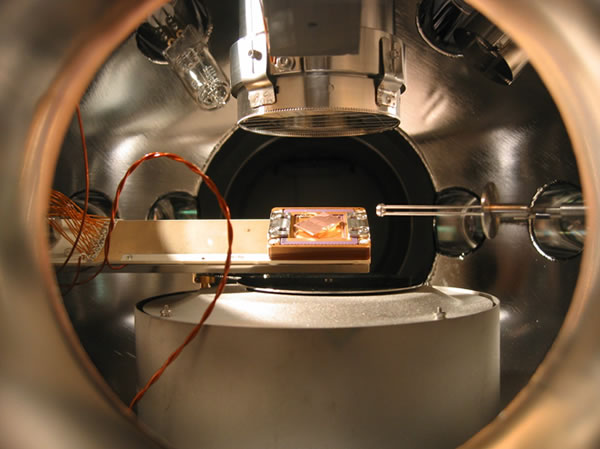Perpetual motion has a special place in the annals of pseudoscience,
but when Physics Nobel Laureate
Frank
Wilczek suggested that such thing can exist, the world has no choice
but to perk up and listen:
In February 2012, the Nobel Prize-winning physicist Frank Wilczek decided
to go public with a strange and, he worried, somewhat embarrassing idea.
Impossible as it seemed, Wilczek had developed an apparent proof of
“time crystals” — physical structures that move in
a repeating pattern, like minute hands rounding clocks, without expending
energy or ever winding down. Unlike clocks or any other known objects,
time crystals derive their movement not from stored energy but from
a break in the symmetry of time, enabling a special form of perpetual
motion. [...]
Now, a technological advance has made it possible for physicists to
test the idea. They plan to build a time crystal, not in the hope that
this perpetuum mobile will generate an endless supply of energy (as
inventors have striven in vain to do for more than a thousand years)
but that it will yield a better theory of time itself.
Natalie Wolchover and Simons Science News has the article:
Here.


No comments:
Post a Comment